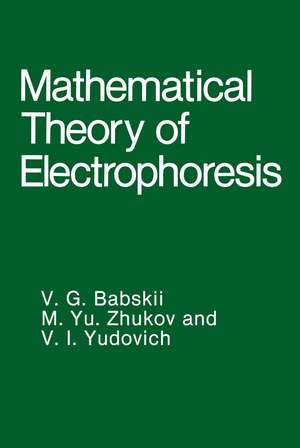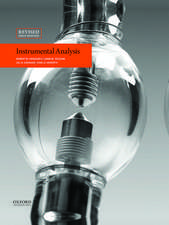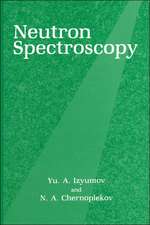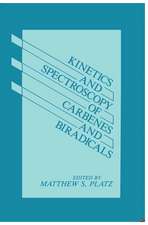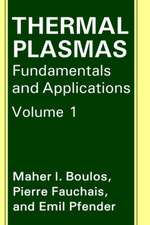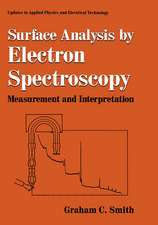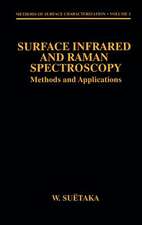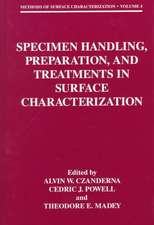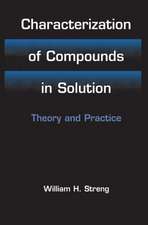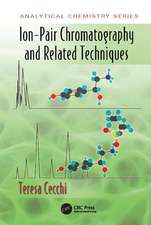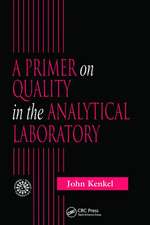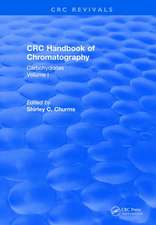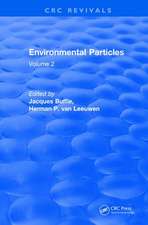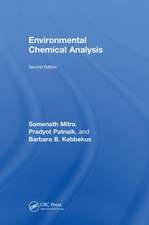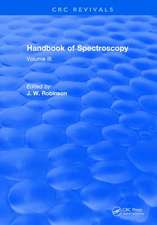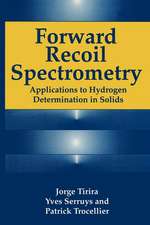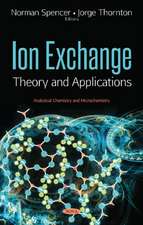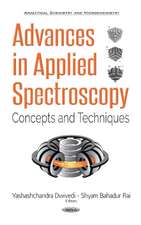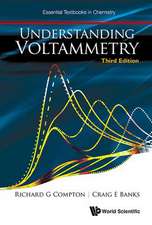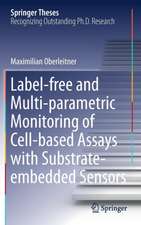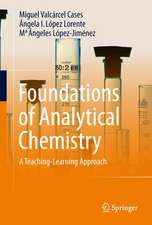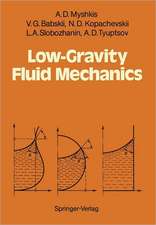Mathematical Theory of Electrophoresis
Autor V. G. Babskii, M.Yu. Zhukov, V.I. Yudovichen Limba Engleză Paperback – 22 ian 2012
Preț: 385.47 lei
Nou
Puncte Express: 578
Preț estimativ în valută:
73.77€ • 80.10$ • 61.97£
73.77€ • 80.10$ • 61.97£
Carte tipărită la comandă
Livrare economică 23 aprilie-07 mai
Preluare comenzi: 021 569.72.76
Specificații
ISBN-13: 9781461282259
ISBN-10: 146128225X
Pagini: 260
Ilustrații: 260 p.
Dimensiuni: 152 x 229 x 14 mm
Greutate: 0.35 kg
Ediția:1989
Editura: Springer Us
Colecția Springer
Locul publicării:New York, NY, United States
ISBN-10: 146128225X
Pagini: 260
Ilustrații: 260 p.
Dimensiuni: 152 x 229 x 14 mm
Greutate: 0.35 kg
Ediția:1989
Editura: Springer Us
Colecția Springer
Locul publicării:New York, NY, United States
Public țintă
ResearchCuprins
I. Basic Equations.- 1. Mass Balance.- 2. Momentum Balance.- 3. Angular Momentum Balance.- 4. Equations of the Electromagnetic Field in Matter and Determination of the Ponderomotive Forces.- 5. Internal Energy Balance.- 6. Inequality for the Entropy of the Mixture Components.- 7. The Gibbs Relation and the Chemical Potential.- 8. Entropy Balance Equation for the Mixture.- 9. Description of the Behavior of Multicomponent Mixtures.- 10. Simplified Equations of Motion and the Entropy Balance Equation.- 11. Basic Model for a Multicomponent Mixture.- 12. Defining Relations for the Specific Dipole Moment.- 13. Linear Onsager Defining Relations.- 14. Complete System of Equations for Describing Multicomponent Mixtures.- 15. Infinite-Component Mixtures.- II. Chemical Subsystems.- 1. Integrals for the Chemical Kinetics Equations Describing Equilibrium Chemical Reactions.- 2. Integrals of the Chemical Kinetics Equations for “Slow” Variables for the Simplified System of Equations.- 3. Transition to Dimensionless Variables.- 4. Acidity of the Solution.- 5. Applicability of the Approximation of Local Chemical Equilibrium.- III. Electrophoresis Methods and Their Mathematical Models.- 1. Electrophoresis Methods.- 2. Additional Simplifications.- 3. Simplest Model for Isoelectric Focusing and Zone Electrophoresis: One-Component Buffer, One Sample.- 4. Model with One-Component Buffer and Several Samples.- 5. Simplified Models for the Case of Weak Electrolytes.- 6. Mobility and Molar Charge of an Amino Acid with Several Carboxyl and Amino Groups.- 7. Mathematical Model of Isoelectric Focusing and Zone Electrophoresis in the Case of a Two-Component Buffer.- 8. Mathematical Model of Isotachophoresis.- 9. Boundary Conditions for Models of Electrophoresis.- IV. Isotachophoresis.- 1. Modelsof Isotachophoresis for Weak and Strong Electrolytes.- 2. Riemann Invariants of the System of Quasilinear Equations.- 3. Motion of Two Zones with Arbitrary Concentration, Separated at the Initial Instant of Time.- 4. Case of Any Number of Zones of Pure Electrolytes.- 5. Case of Two Partially Mixed Electrolytes.- 6. Separation of Two-Component Mixtures by the Isotachophoresis Method.- 7. Temperature Distribution for Completely Separated Zones.- V. Model of Zone Electrophoresis.- 1. Electrophoresis in an Infinite Column.- 2. Reaction of the Zones with the Buffer.- 3. Radial Distortion of the Zone Profile.- VI. Creation of a pH Gradient in Infinite-Component Systems.- 1. Reactions Occurring in Aqueous Solutions of Boric Acid with Polyols.- 2. “Slow” Variables for Describing Borate—Polyol Systems.- 3. Mathematical Model for Creating pH Gradients in Borate—Polyol Systems.- 4. One-Dimensional Problem.- 5. Evolution of a Continuous Initial pH Gradient in the Boric Acid—Polyol System with Vanishing Diffusion.- 6. Principal Terms of the Asymptotic Expansion when ?? 0.- 7. Evolution of a Piecewise-Constant pH Profile in the Boric Acid—Polyol System for Vanishing Diffusion.- VII. Isoelectric Focusing in Infinite-Component Mixtures. Creation of a pH Gradient.- 1. Description of Infinite-Component Mixtures.- 2. Formulation of the Problem of Creation of the pH Gradient.- 3. Establishing the Principal Term in the Asymptotic Expansion for µ ? 0.- 4. Principal Term of the Asymptotic for a Mixture of Carrier Ampholytes.- 5. Creation of a Linear pH Profile (First Model).- 6. Creation of a Linear pH Profile (Second Model).- 7. Creation of a Linear pH Profile (Third Model).- 8. Results of Calculations.- 9. Temperature Distribution in an Infinite-Component Mixture.- VIII.Resolution of Isoelectric Focusing.- 1. Formulation of the Problem.- 2. Equations for Describing the Motion of the Mixture to be Separated in Isoelectric Focusing in a Specified pH Gradient.- 3. Basic Results.- 4. Conditions Imposed on the Difference Between Isoelectric Points for Components to be Separated.- 5. Shift in the Concentration Maximum Point Due to Thermal Diffusion.- IX. Zone Evolution in Isoelectric Focusing.- 1. One-Dimensional Case.- 2. Solution in the Case of Vanishing Diffusion.- 3. Asymptotic Solution for Low Diffusion.- Conclusion.- References.
